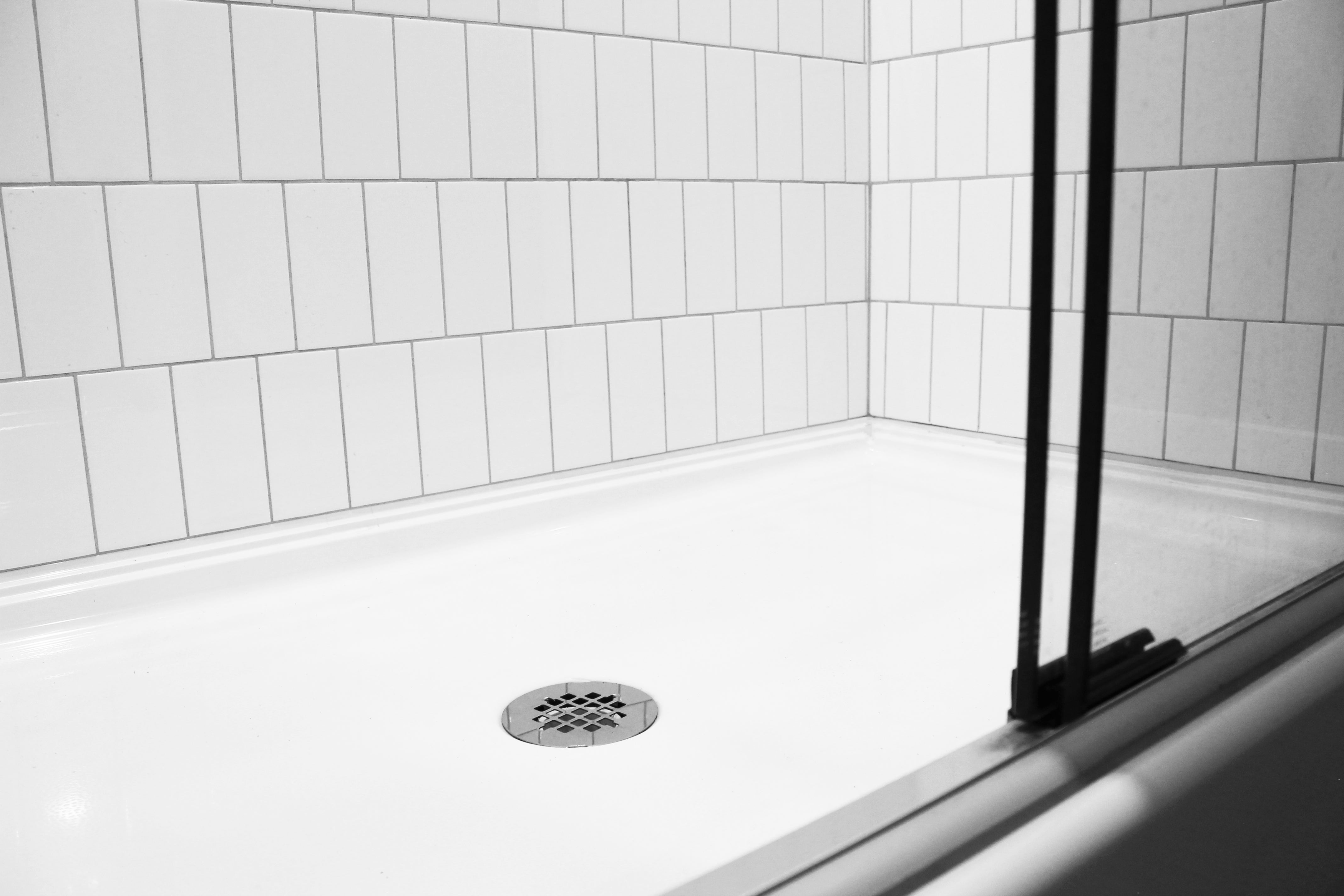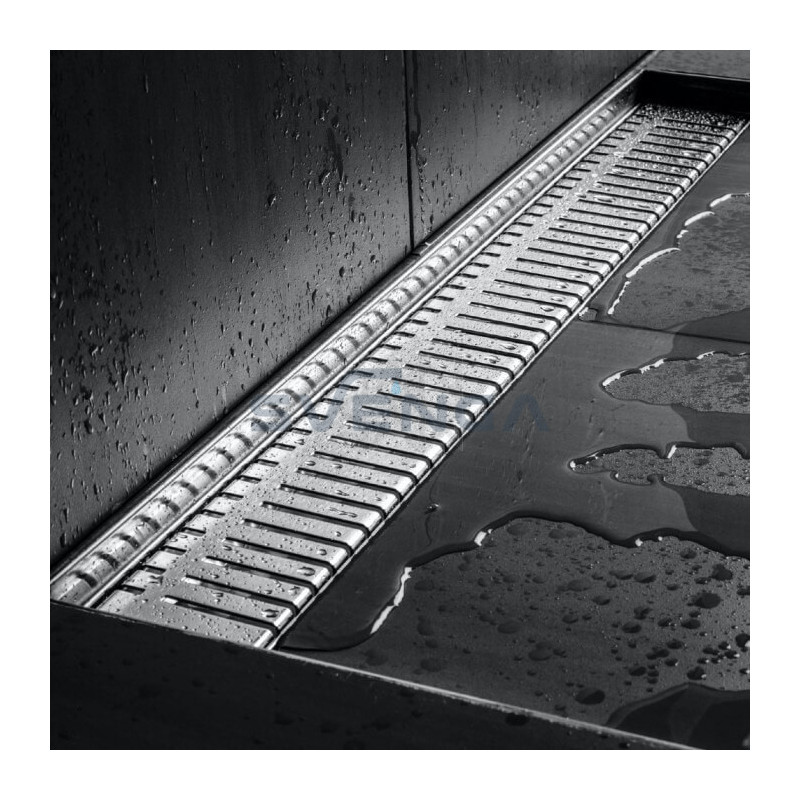Every person may have their private perception in relation to How to Install a Shower Drain.

Upgrading a shower room is just one of the more prominent residence improvement jobs. Taking care of the plumbing for draining your shower can be exceedingly basic unless you overdo.
Handling Your Own Shower Drainpipe Installment Project
Whether you are a tub or shower person, most individuals search for shower just alternatives when buying a house. This basic reality means more than a few house owners invest a weekend break updating or installing showers in their shower rooms. Luckily for you, it is a rather straightforward procedure.
A collector or pan refers to the straight surface area situated at the end of the shower. The collector generally includes a non-slip surface somewhat banked in the direction of the facility or any place the drainpipe lies. Combined with three to four inch walls around the side, the goal of your shower drainage plumbing is to get the water to flow to and down the drain.
You can physically build a collector for your new shower, but you actually require to consider it. Do you truly wish to enter into the problems of getting the sloping appropriate, in addition to ensuring every aspect of it is waterproof? And I mean every aspect! It is a lot easier to merely purchase a pre-cast collection agency online or at your local copyright, Home Depot or equipment shop. Building one might sound like a great idea, but you will possibly really feel in different ways after a couple of hours.
No matter exactly how you deal with obtaining a pan, you should strive to make use of one that has the drain located in the very same area as the original frying pan. Relocating the drain pipelines can be a task, specifically if the home builder utilized an unique framework structure. If you are established to move the drain, you are mosting likely to have to reduce the pipeline or lengthen it, which might imply destroying big chunks of the flooring. Put another way, you are mosting likely to be checking out a multiple weekend break job.
Assuming we have our drainpipe lined up, the real hook up is rather easy. The water drainage pipe need to be dealing with upright up to the enthusiast. It will commonly look like a "U", which suggests it serves as a cleanout to keep nasty scents from returning up from the drainpipe. To connect the drainpipe, you are going to develop a water tight connection in between a drain cap on the top of the frying pan and the drain pipeline. Systems vary, however you are normally mosting likely to do this by placing a coupling item on the top of the drainage pipe. This is after that covered with gaskets and actually screwed right into the drainpipe cap. The drain cap must work as a locknut, to wit, it screws directly onto the coupling.
The complicated part of this process is obtaining your drainpipe cap to fit into a watertight placement in the frying pan. This is completed by backing off the drain cap when you make certain everything fits together. At that point, you put plumbing professionals putty around the underside of the cap and after that screw it back on. The putty should develop a limited seal in between the cap and also the shower pan, which keeps water from trickling under it and also right into the mounting under the shower.
Obviously, restroom showers been available in a wide array of designs these days. If you purchase a collector, they generally included plumbing directions or the shop can note anything unusual you should understand. It seems complex, however is commonly quite simple. Enjoy!
How to DIY a Shower Drain Repair or Replacement
Verify the Source of the Leak
Pour some water down the drain using a funnel. If you don’t see signs of leakage from the drain, the leak may be coming from a worn bathtub seal. In this case, fill the bathtub with water and look for leakage between the bottom of the tub and the floor.
Determine What Drain You Need
There are two main types of drains. The options include those with a trip lever, including foot lock, roller ball, and lift and turn drains. Those with trip levers include pop-up and plunger drains. While each may have its own installation guidelines provided by the manufacturer, we’ll continue with the general process of replacing your shower drain.
Access the Drain
If there’s a cover over the drain flange, remove it. Old covers may be stuck in place, so you may need a hacksaw blade to cut it and pry it loose. But if there is no access panel, locate where the shower pipes are, place a cloth or metal plan below where you cut into the wall (to catch any water), and use a drywall saw to cut a panel on your own (you should wear safety glasses if proceeding with this step). You’ll want to cut a piece that can be put back in the same spot after the drain is replaced.
Ideally, you’ll have access to the drain parts through the shower wall. In some cases, the only option is to make an access point through a closet or bedroom.
Remove the Leaky Parts
With the drain exposed, you should see where it is leaking from. There is usually some discoloration in the area of the leak. The drain body, strainer body, or gasket can be removed with pliers while a screwdriver is needed to remove the strainer.
Repair or Replace the Drain
A shower drain repair kit can be purchased at a home improvement store. It will have instructions that will show you how to disassemble and repair the shower drain. Usually, it’s only necessary to fix the parts that are broken. You can combine old and new parts if they fit together. If the entire drain needs to be replaced, swap out all the old parts for the new ones so there are no more leaks.
Test the New/Repaired Drain
Turn on the water lightly while observing how it flows into the drain. Then check the pipes below the shower (in the basement or on a lower floor) to see if there’s any leakage. Once you verify any leak has been fixed, you can go ahead and patch up the wall (using drywall mud and a mud knife).
Ceilings that have water stains should be repaired. Cut away the affected section and replace with a piece of drywall and drywall mud. This eliminates damage caused by the leak and lets you find and mitigate other potential issues such as mold.
https://www.blackhillsinc.com/blog/how-to-diy-shower-drain-repair-replacement/

I am just very occupied with Easy Shower Drain Installation Tips and I'm hoping you liked our post. If you liked our article plz be sure to pass it around. We value reading our article about How to Choose the Best Drain for Your Shower.